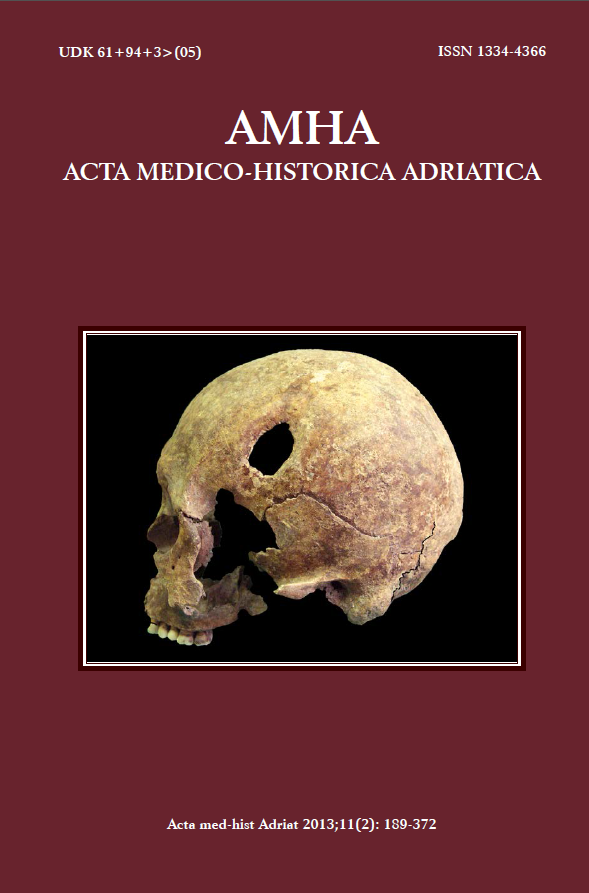ITALIAN CONTRIBUTIONS TO TURKISH PAEDIATRICS DURING THE OTTOMAN EMPIRE
Keywords:
Italian physicians, Ottoman Empire, Turkish paediatricsAbstract
The Ottoman Empire maintained close relations with the neighbouring Italian city states in the 16th and 17th century. Yacub Pasha (1425-1481), personal physician of Mehmed II the Conqueror, was an Italian Jew who advanced to the title of pasha and vizier. Domenico Hierosolimitano (ca. 1552–1622), the third physician to Sultan Murad III, was a Jerusalemite rabbi. His book is an important source about everyday life and medical practice in Istanbul at the time. Nuh bin Abd al-Mennab (1627-1707), also of Italian stock, was the Chief Physician of the Ottoman Empire, who translated a pharmacopoeia into Turkish. In the same century, two Italians, Israel Conegliano (Conian) and Tobia Cohen became private physicians to leading Ottoman pashas and the Grand Vizier. A. Vuccino (1829-1893) and Antoine Calleja Pasha (1806-1893) taught at the Istanbul Medical School. Italy was a favoured country for medical education during the early period of Ottoman westernisation. Sanizade Mehmet Ataullah Efendi (1771-1826) translated the first medical book printed in the Ottoman Empire from Italian into Turkish. Mustafa Behcet Efendi (1774-1833), chief physician to the Sultan and the founder of the first western medical school in Turkey, translated several medical books from Italian into Turkish. The first printed pharmacopeia in the Ottoman Empire was also originally Italian In the 19th century, Edouard Ottoni and his son Giuseppe Ottoni were well-known military pharmacists, both under the name of Faik Pasha. Probably the most influential physician of Italian origin was Giovanni Battista Violi (1849-1928), who had practiced paediatrics in Turkey for more than fifty years. Violi was the founder of the first children’s hospital, the first vaccine institute, and the first paediatric journal in the Ottoman Empire.


